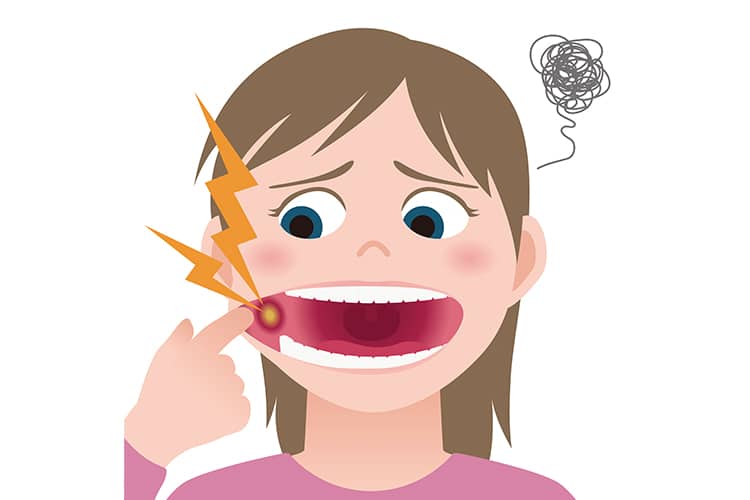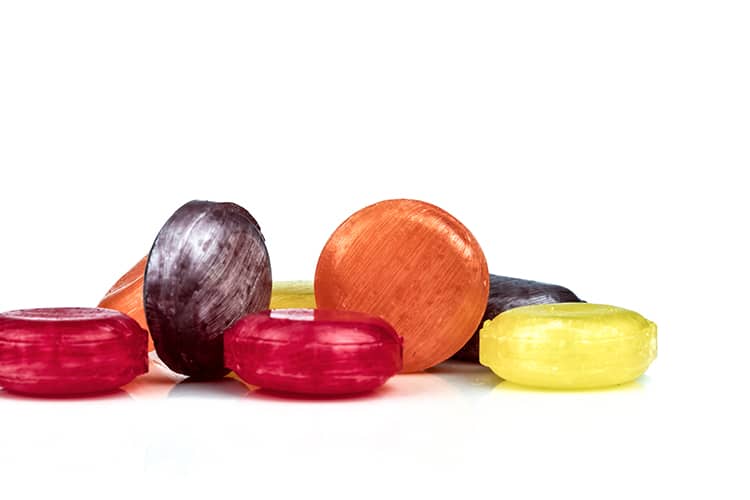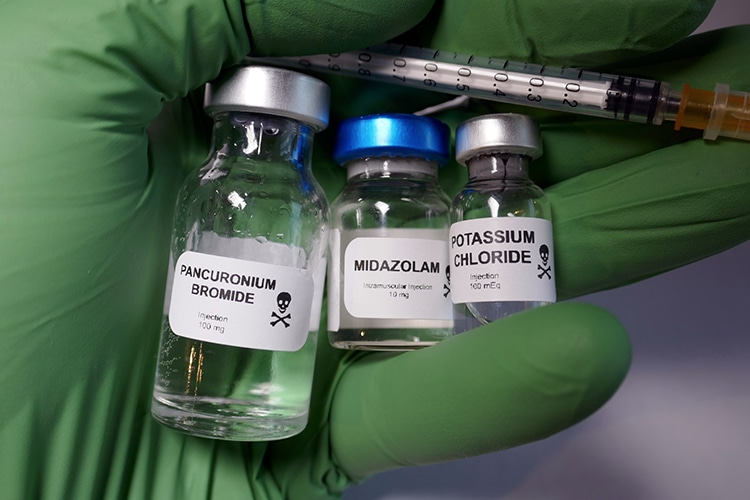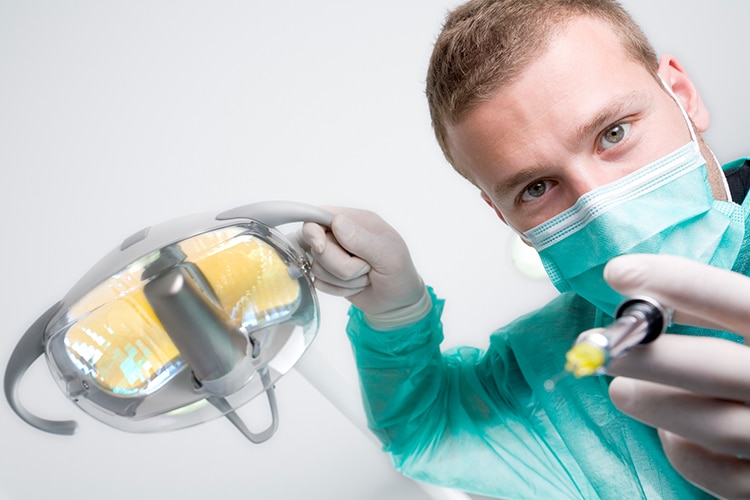Transmucosal Drug Delivery
Transmucosal delivery offers several advantages over conventional oral drug delivery, such as avoiding harsh acids and enzymes encountered during digestion.

Transmucosal delivery offers several advantages over conventional oral drug delivery, such as avoiding harsh acids and enzymes encountered during digestion. The agent also circumvents the first-pass metabolism by the liver and pre-systemic elimination that occurs in the gastrointestinal tract. Additionally, transmucosal administration presents an alternative when enteral delivery is not available or impossible (eg, in patients with nausea, vomiting, or intestinal failure, and some pediatric patients). It is also less invasive than traditional intravenous (IV) or intramuscular routes. This method does not require technical equipment (eg, pumps, catheters, and fluids) or the expertise that intravenous delivery requires. It is thus more cost effective.
Photo Credit: PeterHermesFurian / iStock / Getty Images Plus

Considerations Regarding Efficacy
Another consideration with transmucosal delivery is that certain agents have an onset of action similar to IV drugs. One limitation of this method is the variability in absorption, as the oral mucosa is an effective barrier to certain drugs breaching into the environment. Consequently, only high-potency drugs are good candidates for this delivery method. Certain disease states, such as mucositis or blisters, may affect the integrity of the oral mucosa, and when conditions like this are present, transmucosal drug administration may not be appropriate.
Photo Credit: metamorworks / iStock / Getty Images Plus

Delivery Via Patch
In dentistry, transmucosal drug delivery is mostly utilized in the patch form. In fact, adhesive patches have been developed to overcome the disadvantages of other forms of delivery. Advantages of the patch include rapid onset, sustained release, and a rapid decrease in the drug when the patch is released. The tissues in the oral cavity are immobile, and this makes it an ideal location for this delivery system. In the oral cavity, patches can be used to administer drugs systemically (by means of the veins and capillaries) or locally.
Photo Credit: Natalia Darmoroz / iStock / Getty Images Plus

Lozenge Route
Lozenges are an example of solid-form delivery, and many drugs are available for this route of administration, including nitroglycerin, fentanyl, and prochlorperazine. Although taste can present a barrier to compliance, this is a simple form for patients to use. The lozenge dissolves and coats the oral cavity and top one-third of the esophagus. While the dissolving rate depends on how hard the patient sucks, on average, it takes 30 minutes for the lozenge to dissolve, and this short time frame limits how much drug can be delivered.
Photo Credit: Fahroni / iStock / Getty Images Plus

Drugs Delivered
Buccal and sublingual drug formulations have been created and are being used in some dental applications. Midazolam, a popular drug used for sedation, can be administered via an oral mucosal solution. A 2002 analysis demonstrated high bioavailability (74.5%) and consistent plasma concentration following the buccal administration of 5 mg midazolam. In 2011, investigators observed that within 5 minutes to 10 minutes of sublingual administration of 10 mg midazolam, electroencephalogram changes were seen, making this formulation effective for use in treating seizures, as well as for anxiolysis during dental care. Clinical studies have shown buccal midazolam is superior or equally effective in seizure relief as rectal diazepam. Triazolam, a benzodiazepine used in dentistry for sedation, has also been evaluated. Compared to oral administration, transmucosal sublingual administration has been shown to have an earlier and higher peak concentration.
Photo Credit: Hailshadow / iStock / Getty Images Plus

Pain Relief
As noted, transmucosal drug delivery can either be local or systemic; in the examples above, drugs were administered buccally and sublingually with a systemic effect. An important drug in dentistry, lidocaine is an example of an agent that can be used locally, and a novel patch device is available for transmucosal delivery to provide mucosal and gingival anesthesia. Anxiety over injection pain is common among dental patients, and Carr and Horton note that lidocaine patch delivery is effective in relieving pain and discomfort caused by needle sticks.
Photo Credit: Brosa / iStock / Getty Images Plus

The Bottom Line
Transmucosal drug delivery may allow dental teams to offer minimal sedation and more comfortable local injections. It also requires less equipment than some delivery methods, making it a cost-effective alternative. Yet, while there are advantages to this modality, there are also restrictions to developing drugs for transmucosal delivery. Economic motivations drive drug development, and if the only benefit companies perceive is higher bioavailability, it may not be enough incentive to incur the expense of drug creation and approval. Developers need to see a clinical void.

